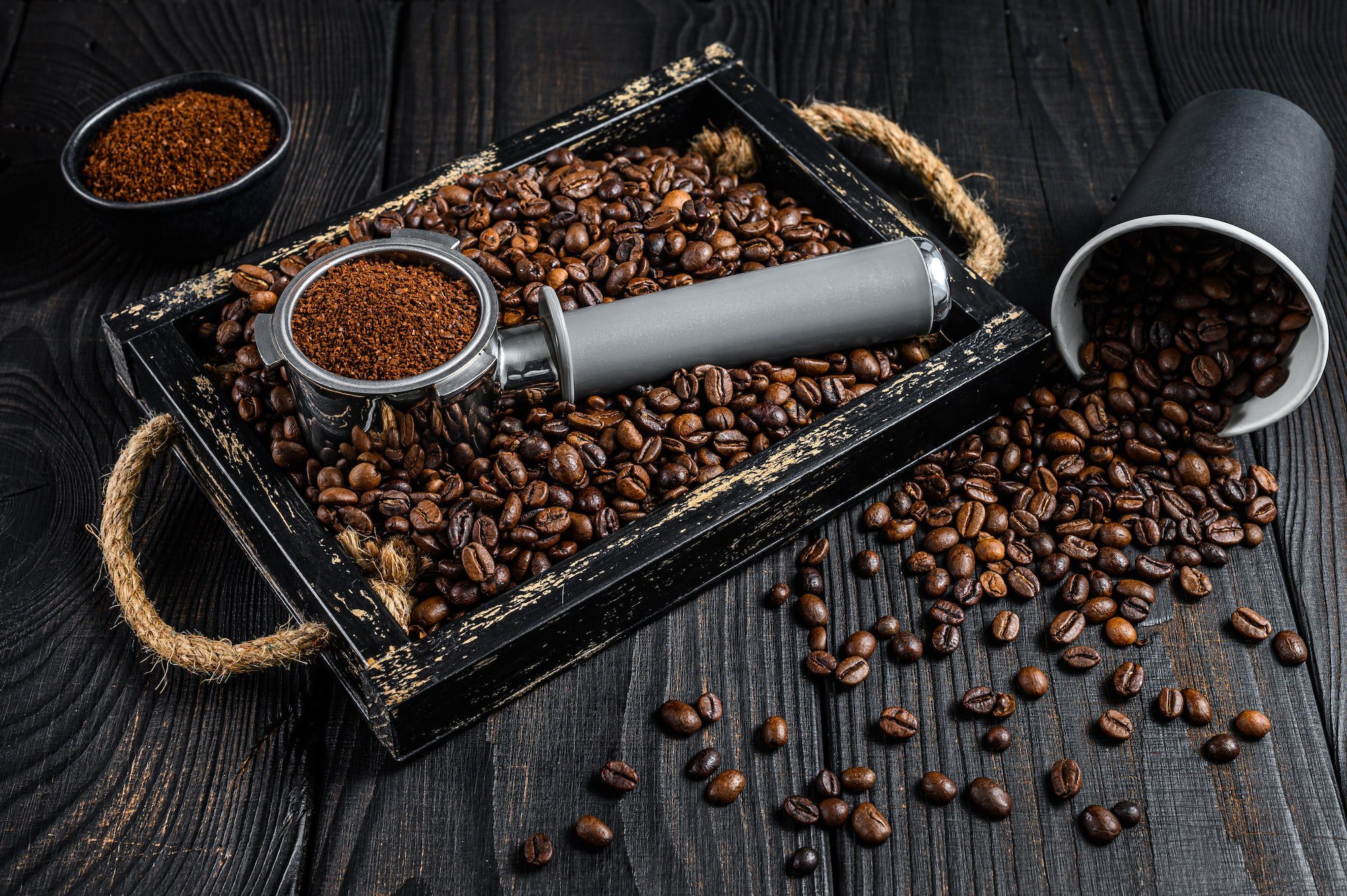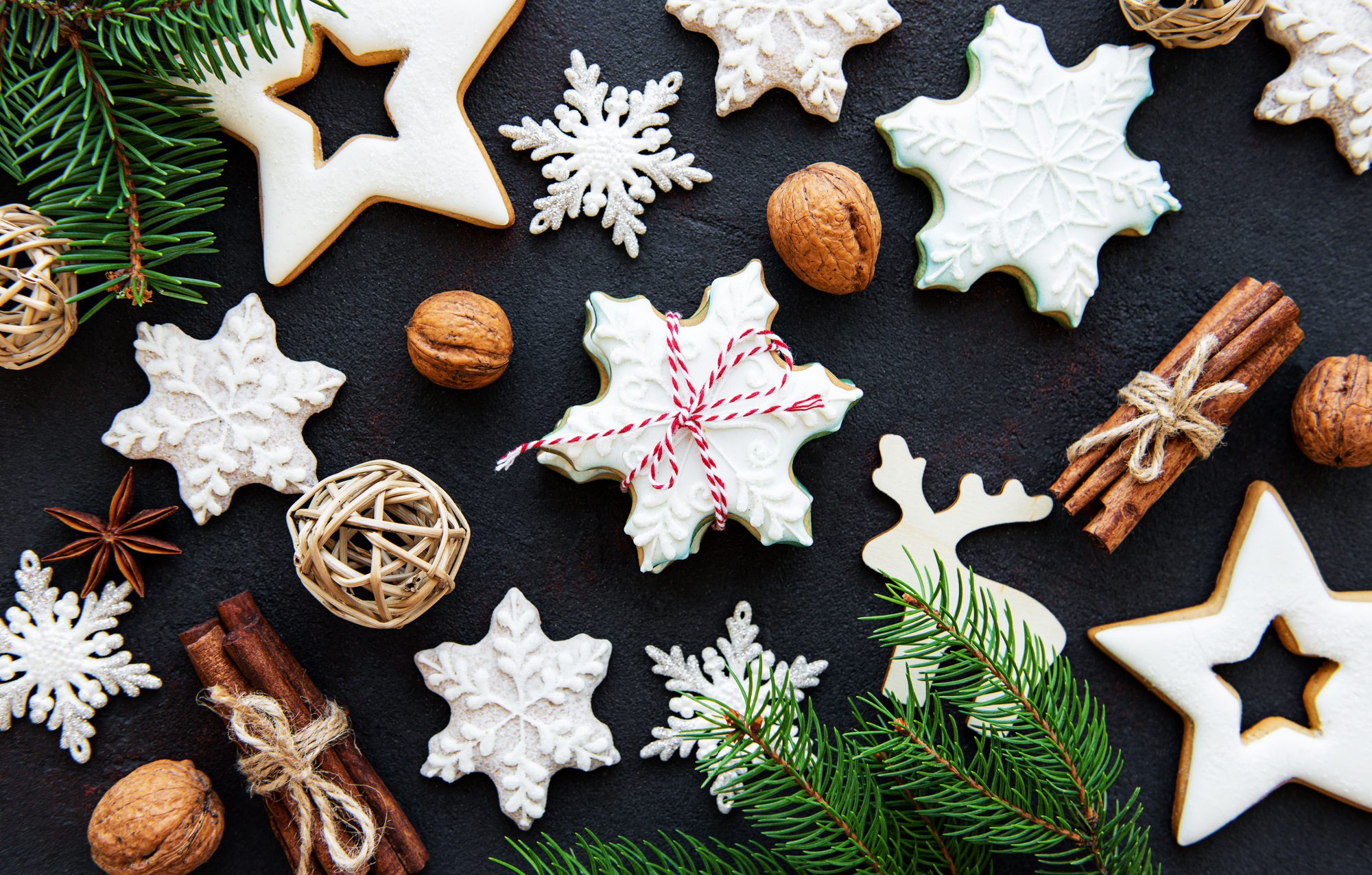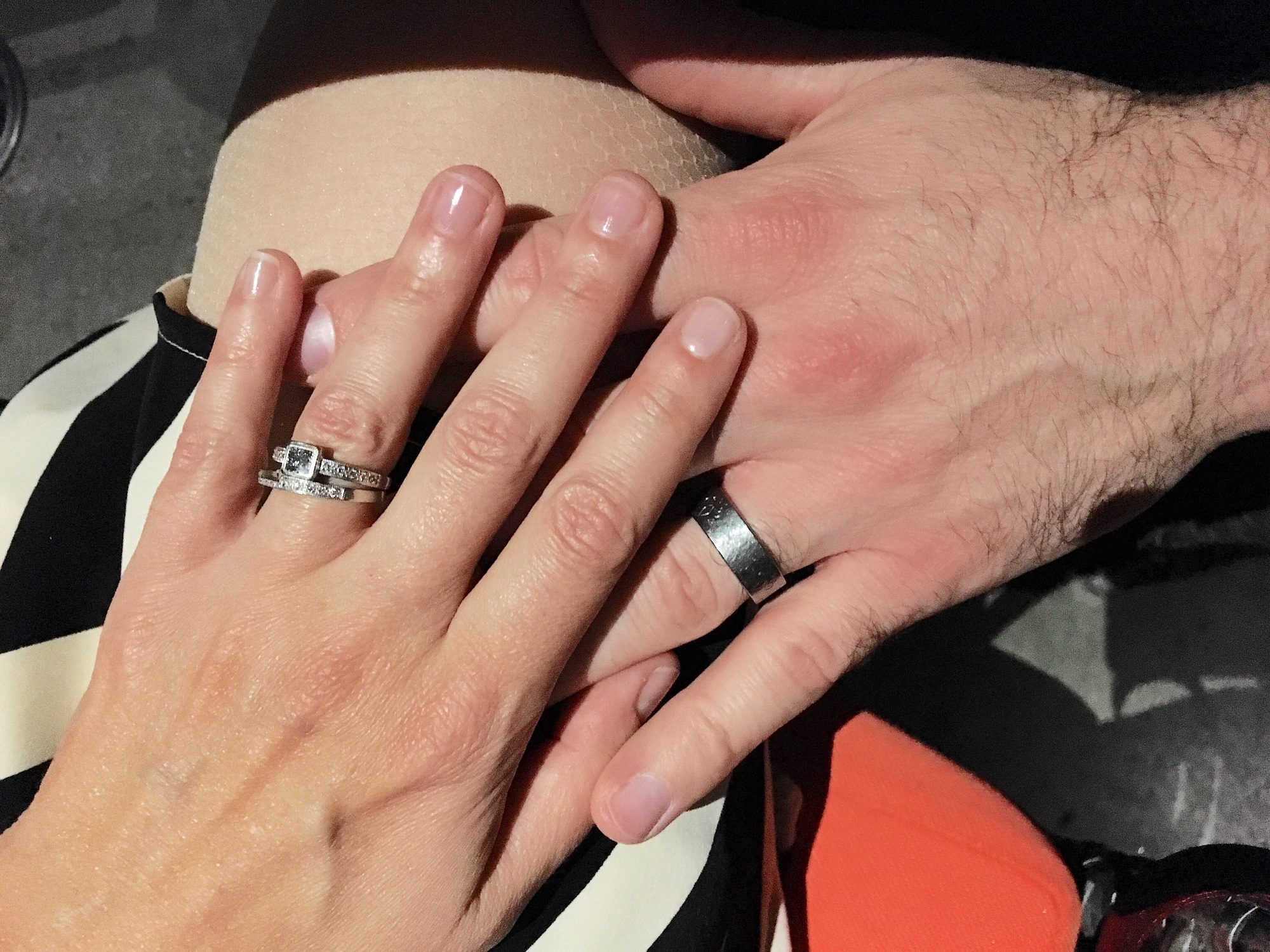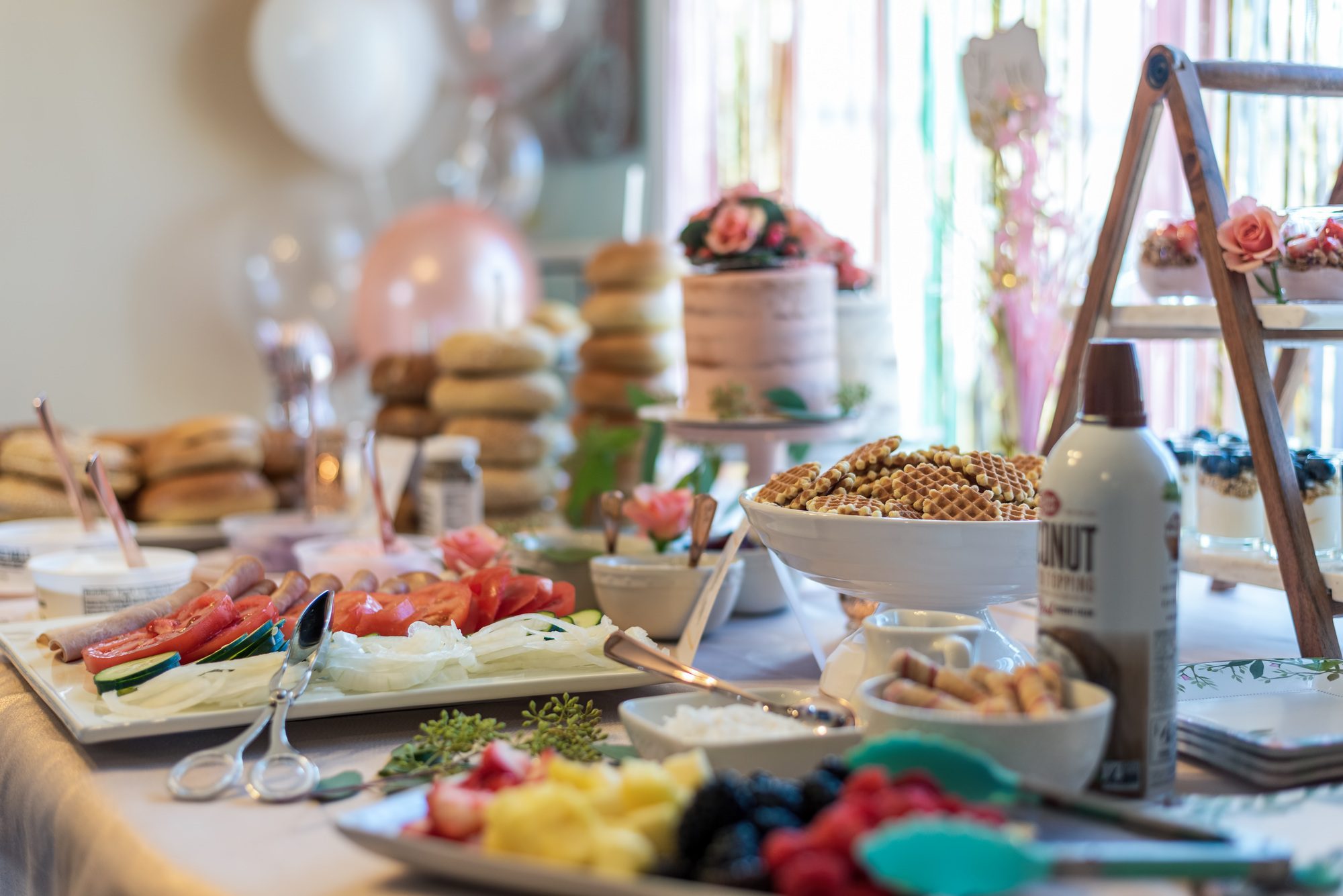Why in the world would a Coffee Shop and Bakery tell you how to brew the best cup of coffee? Well, because we love our customers, and while we certainly want you to come in and enjoy our amazing offerings we understand that sometimes you can’t make it in to grab one. So, if you can’t join us we still want to help you enjoy your coffee!
Coffee ranks as the number one morning drink in most households, and it’s not hard to know why it tops the chart. Coffee can help wake you up in the morning or during a sluggish afternoon, it has many health benefits and it comes in a lot of delicious tasting flavors.
You can buy coffee in specialty shops like our delicious brews at Celebrations in Dothan, or in the grocery store or online. You can buy it as whole bean coffee to grind up yourself or you can purchase beans already ground for you, if you find that more convenient.
Choosing where and what to buy when it comes to your coffee is only the tip of the iceberg. To know how to get the best cup of coffee, you have to know the steps of brewing the coffee the right way.
There is an art to the way coffee should be made. Always start out by making your coffee in a machine that’s free of any residue or after-effects of cleaning. That includes running a single pot of pure water through a new coffeemaker, since you may sometimes get a plastic taste during the initial cycle.
So to begin with, you’ll want to take a look at the appliance you’re using to make your coffee. After you’ve made sure the machine is ready to use, check for efficiency and brew style.
You might not have the best coffeemaker for the job, so let’s start by examining the machines used to make coffee to see if you’re using the one you need for the coffee you like.

Types of Coffeemakers
One of the most common appliances is the drip coffeemaker. These are fairly simple machines and easy to use, but you can find them with a great deal of features. You can find models that let you pause the brew, that signal when the coffee is made and ones that let you know when it’s time to clean the coffeemaker.
The drip coffeemakers are huge sellers because they’re usually the most cost effective to own and they come in a variety of cup sizes. Most of them have standard carafes, though a few special ones have thermal carafes or no carafe at all if you buy the coffeemakers that hold the coffee in the holding tank.
Next on the list is the single cup coffeemaker. These are sometimes referred to as personal coffeemakers and offer users a lot of convenience in size and economy, since most of them cost less than $20 to purchase.
These machines come with mugs that the coffee drips into and you simply take the mug with you. A plus for these appliances, besides the low cost – is that there are usually no filters to buy and the mug is easier to clean than a carafe.
If you grew up in the ‘50s, then you might remember the old fashioned percolators that plugged into an outlet. These are stainless steel coffeemakers with the filter basket contained in the percolator. You simply fill the filter with coffee and plug it in to brew. These are extremely durable machines.
Next up are espresso machines and these are very popular machines that you’ll find gracing the counter in many homes. Learning how to make espresso at home takes some practice because it’s a specialty technique. The espresso machines brew coffee that’s very strong and are called “shots” because they’re loaded with more caffeine.
You can get espresso machines that range in size and price so you would want to do some comparison shopping if you’re looking to purchase one. Some of the espresso machines you get can make more than one cup of espresso at a time, but if you like your espresso the way the barista makes it, you won’t like the machine that makes multiple servings at once.
You can get the self-priming ones that make dual cups and give you the right temperature and pressure – and those espresso makers are great choices.
If you prefer things that are easier to use, but still want espresso, you can use a machine that’s becoming popular in the United States – and that’s the stovetop espresso machine. These make great espresso shots, they’re convenient, affordable and easy to clean.
Finally, there’s the French Press coffeemaker to consider. Unlike standard drip coffeemakers, which separate grounds and water, a French Press makes coffee by mingling the two together.
These don’t use a filter at all. The press works by using a plunger to press the coffee grounds to the bottom of the press when you’re ready for a cup of coffee. One drawback to a French Press is that since the ingredients are mixed together, you can get a more bitter tasting brew.
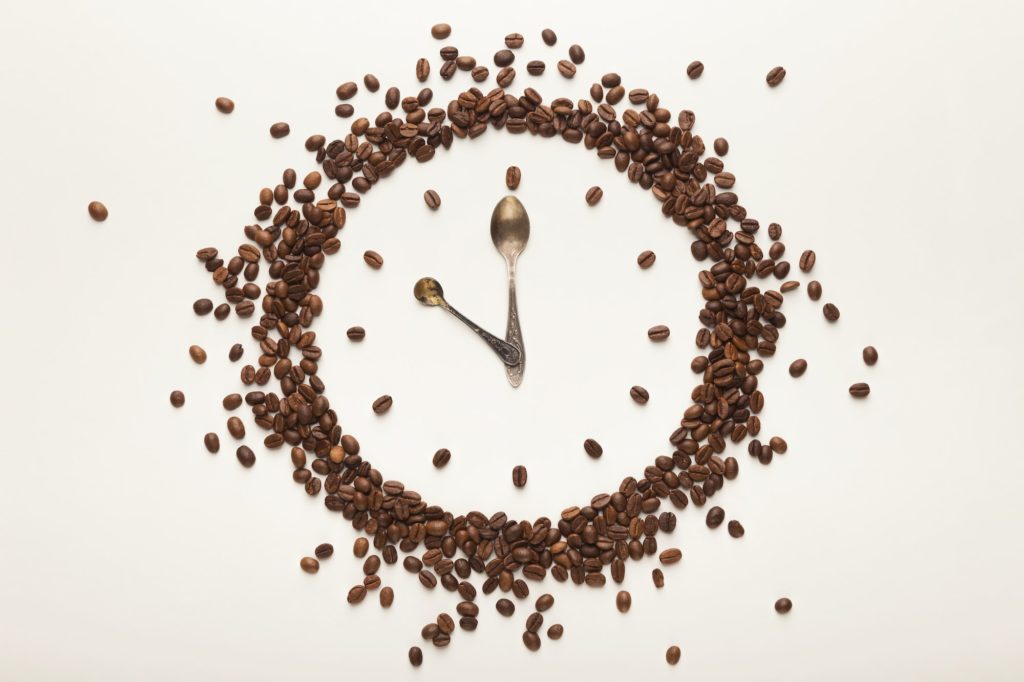
Time It Takes to Brew the Coffee
Brewing coffee is much more involved than merely flipping a switch and watching the brew drip from your machine if you have a standard coffeemaker. There is a certain time element involved in how coffee is brewed and that time is going to vary depending on the type of machine that you’re using.
But with any machine, you should understand that brewing the coffee and getting the best taste is going to be directly related to the extraction of flavor.
In a drip machine, your coffee should not have contact with the water for longer than five minutes. Closer to 4 minutes is better.
To understand the science behind how brew time affects flavor, you need to know that coffee is made when the flavor or essence of the coffee is removed or extracted from the coffee bean.
There has to be just the right length of time involved to get the best flavor. This is especially important when making espresso, because you can get espresso that’s too dark or too light depending on how much time of contact it has with the water.
Bitter tasting coffee can result from inadequate water contact and length of contact time is very important when using a French Press. Aim for an average of 3 minutes of contact time when using a French press.
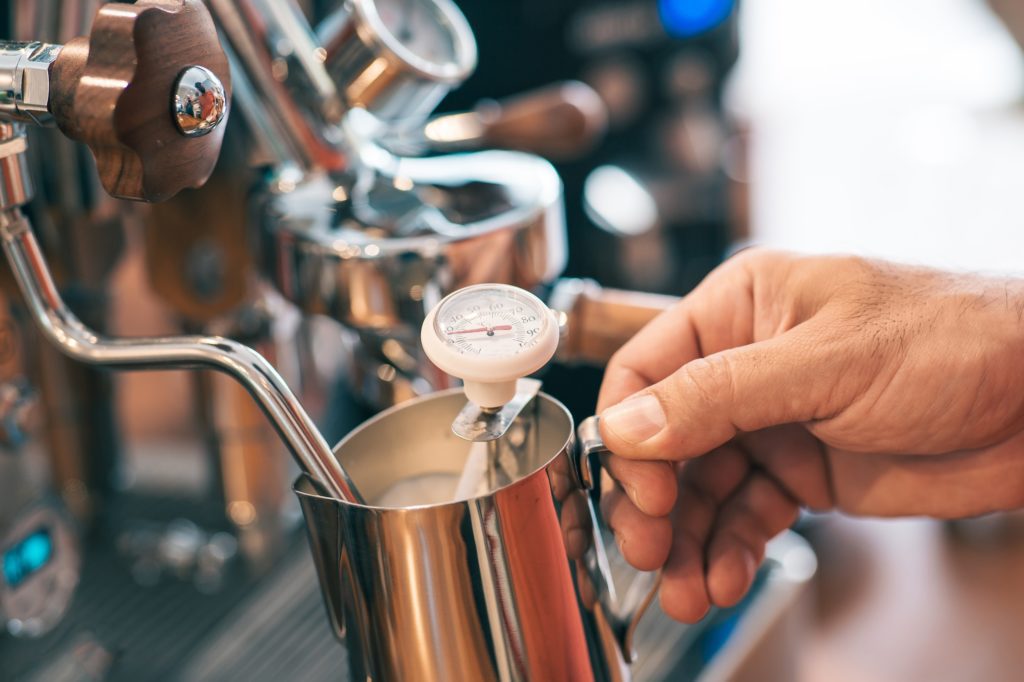
Temperature of the Coffee
You know by now that the water extracts the flavor of the coffee to bring you the great taste that you like. But it takes the water being at the right temperature to create that great taste.
If you don’t have water that’s hot enough, you lose coffee flavor. If the water in the machine gets too hot, it affects the flavor by giving it a more bitter, scorched taste. Though it’s true that coffeemakers come from the factory with preset temperatures, these can mess up during shipping, so you want to check the temperature of your coffee.
If you have a machine that you’ve had for awhile, test the temperature to make sure the heat is reading over 195 Fahrenheit. Anything less than that will alter the taste, because the flavors aren’t extracted properly.
But don’t go over 205 degrees Fahrenheit because that can change the taste as well. For coffee, temperatures that are too high will give you the same results as bread that tastes stale. Your coffee will taste stale.
The Importance of a Filter System
There are various filter systems available for each type of coffeemaker and some of them are more popular than others. One widely used filter for coffee is the paper coffee filter. You can buy these filters already bleached.
These are white filters that have had the natural brown color removed and this is more for an aesthetic appeal than any difference in taste. Paper filters also come in a natural brown state known as unbleached, which is the natural brown of the tree pulp. Neither one of these choices will change the taste of your coffee in any way, it’s simply a matter of what you like the best.
Some paper filters are not the standard round with creases shape but are shaped like a cone and these are for specific machines that use these types of filters. They work the same as a rounded filter does.
Reusable filters also help keep the grounds out of coffee and they’re environmentally friendly and less costly to use than continually buying paper filters. However, some people prefer to use paper filters along with reusable filters. If you have reusable filters, you do have to clean them out each time you make coffee, so that the filter will continue to work right.
Gold toned filters are stainless steel coffee filters that have tight mesh and are considered highly desirable filters for their screening ability.
There are environmentally friendly filters made of fabrics like cotton, but cloth coffee filters are not widely used by most people for the inconvenience of having to wash the cloth filters.

Fresh Beans You Grind Yourself Versus Pre-Ground Coffee Beans
Once coffee beans are ground, the flavor lessens, so if you use whole beans, don’t grind them until right when you’re ready to make your coffee. Waiting to grind the beans will give you more of the flavor.
If you’re grinding at home, you’ll want to use a good coffee grinder for the beans. You can usually find one for less than $20, but you really do want to go with a quality grinder. If you use the grinder at the store for your beans, once you get home, immediately seal the coffee into something that locks out air and will hold onto the freshness.
Ground beans have about a week where they’ll hold onto freshness and flavor – and whole beans can keep their flavor for about six weeks. You can also find many coffeemakers today that come with grinders already in them, which makes it pretty convenient.
Ground coffee, while easy to use, can lose its freshness and taste more quickly than fresh beans do. If you use ground coffee, how you store it can make a difference in the taste and in how long it will keep fresh.
Don’t buy more than enough ground coffee to last you for a week because the flavor won’t last. Store the coffee away from the sun and heat sources and never place coffee grounds in your refrigerator, because the coffee grounds will absorb moisture.
Choice of Water
The main ingredient that you use to make your coffee besides the beans or grounds is the water – and the type of water that you use can make a difference in taste, especially if you don’t have a good filtration system in place when making coffee.
If you have water that has a sulfur taste (like you’ll sometimes get from a well) or if your city water has an unpleasant taste, it will show up in the taste of the coffee. If you can’t stand to drink a glass of water from your tap, then you won’t like it any better in the coffee.
Tap water isn’t always the best water to use when making coffee because it can contain impurities if you don’t use a good home filtering system. You don’t want to use distilled water either, because distilled water is simply boiled water.
While you would think that boiled water is safe to use (and it is), what happens when you boil water is that you take out the minerals. When you do this, it results in water without a taste – and flat water can have the same effect on coffee flavor that bad tasting tap water can.
For the best results with your coffee, you want to use water that’s bottled or filtered – and one of the reasons why is because minerals can change the taste of coffee and minerals can cause build up within your coffeemaker. Always use fresh water, so if you’re using bottled water, check the date stamp on the bottle.
Ratio of Water to Coffee Grounds
The measurement of six ounces is considered to be a cup of coffee no matter what size of cup or mug you use. The rule for making a cup of coffee based on the six ounces rule is to use one or two tablespoons of coffee grounds for it.
This is a rule that has some variations, however, because the rule needs to factor in the way the coffee is ground. Finer ground coffee can make coffee that’s not as strong if you follow the six ounces for every 1-2 rule.
By the same rule of thumb, grounds that are coarser can also affect the rule. The best bet is to try the ground measurement per six ounces that suits your taste. Personal preferences have a lot of sway in how much water and coffee you use in each pot.
Flavoring Your Coffee
Having one choice in taste of coffee is a thing of the past. Now you can buy flavored coffee beans and you can even get coffee syrups to flavor the coffee grounds You just add a little of the coffee syrup to the grounds before brewing. The gingerbread or the caramel is delightful!
Once your coffee is brewed, the different mixtures of tastes you can have for your coffee is wide ranging. You can have plain coffee, or coffee with milk and sugar or artificial sweeteners.
But if you’ve never tried the gourmet coffee mixes you can add to a cup, you’ve been missing out. You can get French Vanilla, Raspberry, Hazelnut, Coconut, Chocolate, Mint Chocolate, Cherry and the list just goes on. There’s a flavor for every taste that you can imagine.
Even the Coffee Mug Matters
One accessory that people overlook when drinking coffee is the coffee mug. It’s not the design that matters with coffee so if you want a whimsical mug or a plain stainless steel one, that doesn’t make a difference.
But size really does matter here. If you get a cup that’s too small, your coffee is going to be too hot and you might scald your taste buds. But if you get a cup that’s too big, and you don’t polish off your coffee fast enough, the liquid sits in the cup too long and ends up getting lukewarm or worse – gets cold.
So you’ll want to get a mug that’s right for how fast or slow that you consume your coffee. Add all of the above essentials together and you’ll easily brew your perfect cup of coffee each and every time!
Conclusion
We love having you join us at Celebrations for a gourmet coffee and dessert, but for those times you can’t we hope this article provides you some good tips to enjoying a tasty cup at home.

